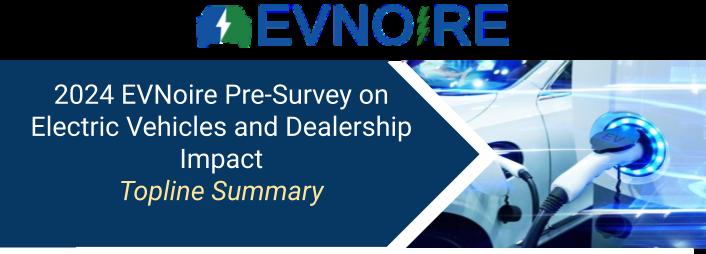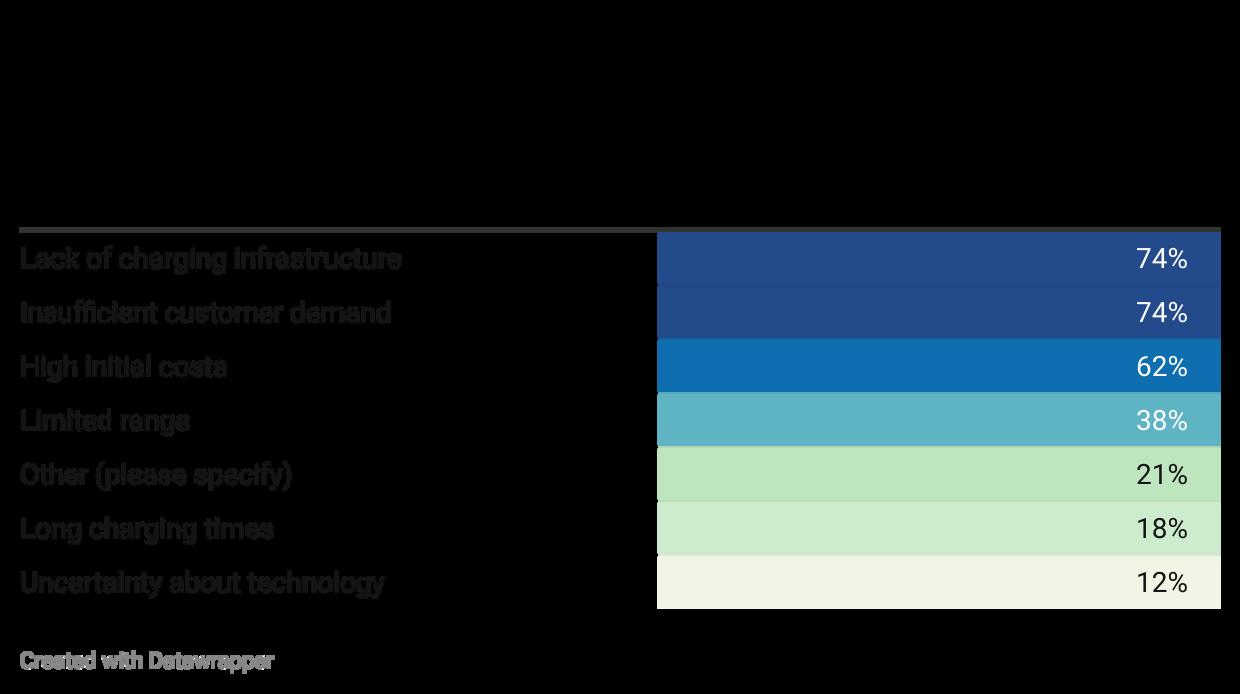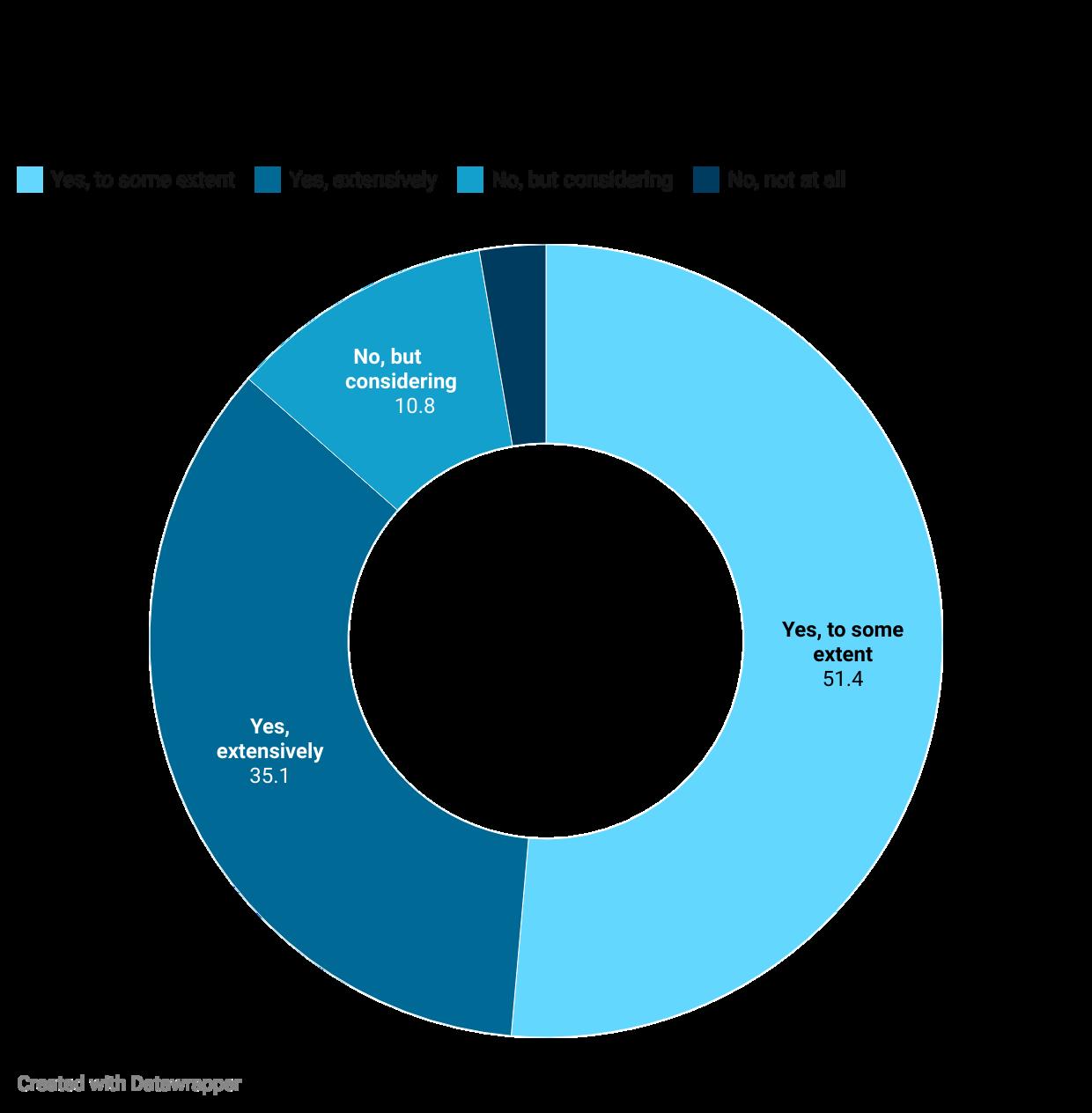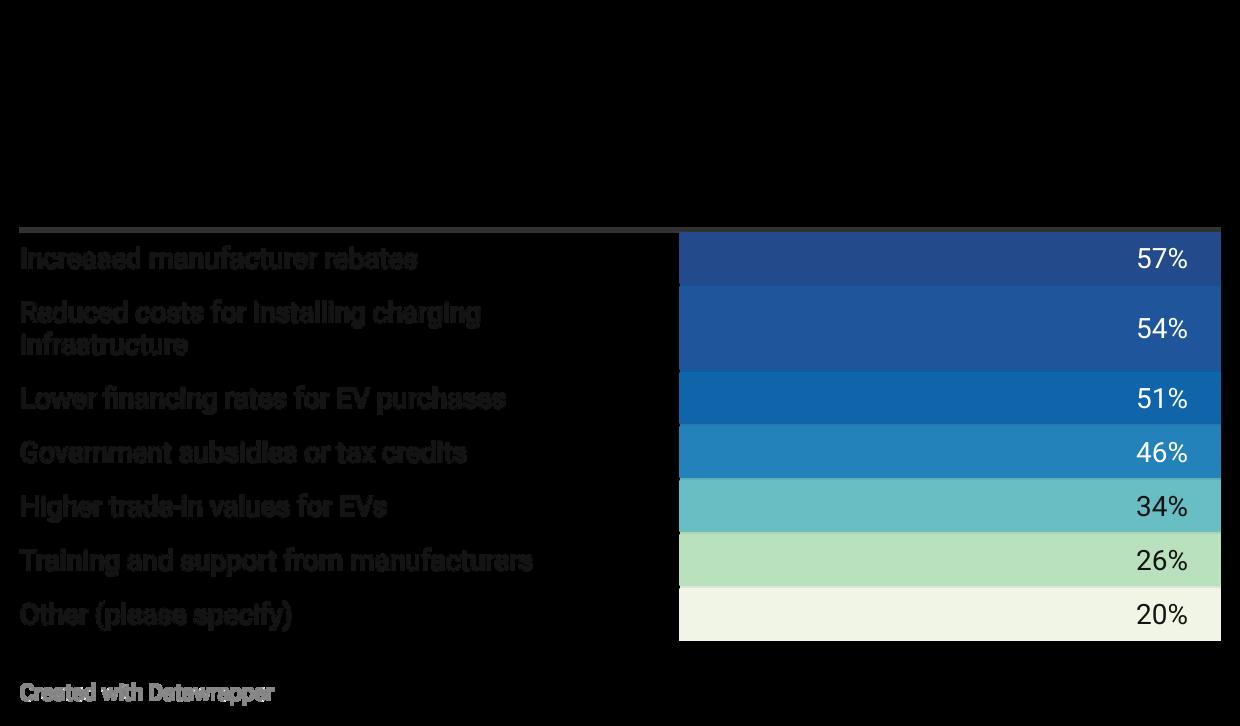

Topline Summary
The following summary provides high level insights from respondents who participated in the pre-survey on electric vehicles (EVs) and their relative impact on dealerships (n=35). The survey was conducted to gather insights into the location and amount of time respondents have owned their dealership, gauge their knowledge regarding EVs, gauge their concerns around electrification and its impact on the dealer model. The survey also identified any challenges the dealerships are facing regarding EVs, their interest in training, development, and expansion of dealership offerings of EVs, probed incentive use and its application, and explored efforts made by dealerships in charging infrastructure investment and servicing of EVs By analyzing these responses, we aim to utilize the data created to tailor our presentation to better address dealers’ knowledge, concerns, and interests in this important topic.
Dealership Ownership and Location
Respondents were asked 1) how many years they have owned their dealership and 2) the region / location of their dealership/s 54% of respondents have owned their dealership for more than 10 years There was equal representation from the Northeast, Midwest, and the South, each representing 27% of respondents. There was low representation from the West, consisting of only 19% of the participants.
Knowledge Regarding EVs
Respondents were asked how knowledgeable they are about electric vehicles and EV technology to gauge the sample’s level of understanding The majority of respondents (68%) indicated they were “somewhat knowledgeable.” The combined percentage of respondents who indicated they were “not very knowledgeable” or “not knowledgeable at all” is relatively low at 8% of respondents
Interest in Expansion of Dealership Offerings
Respondents were asked how interested they were in expanding their dealership’s offerings to include more EVs in the next 1-3 years 62% of respondents were at least interested in expanding their dealership’s offerings 38% of respondents were either not very interested or not interested at all.

Challenges

Respondents’ top choices were lack of charging infrastructure and insufficient customer demand (74%). Uncertainty about technology was the lowest ranked challenge (12%). High initial costs was the next most selected challenge (62%).
Electrification Impact and Dealerships Future
Participants were asked what extent they believed electrification would impact the traditional dealership sales model in the next 3-5 years Participants were also asked what role they envisioned EVs playing in their dealership’s future These questions assess dealers’ beliefs and attitudes toward EVs. There was an equal distribution of respondents who selected answer choices indicating that EVs will have an impact on the traditional sales model, each choice garnering 41% of respondents Over half of the respondents, (57%) see EVs as a growing segment for their dealership A considerable portion (37%) are content with EVs being a small segment of their dealership.
Investment in Training and Development Programs
Respondents overwhelmingly reported investing in training and development programs for their sales team to better understand EVs


Incentives and their application in swaying dealership opinion on sale of EVs
Respondents were asked how familiar they are with current public policies (rebates and incentives) related to EVs and which specific incentives or financial considerations would sway their opinion on selling EVs. 86% of respondents are at least somewhat familiar with current public policies (rebates and incentives) related to EVs. The top 3 specific incentives or financial considerations that would sway dealers’ opinion on selling EVs are increased manufacturer rebates (57%), reduced costs for installing charging infrastructure (54%), and lower financing rates for EV purchases (51%).

Charging Infrastructure Investment and Servicing of EVs
Respondents were asked what type of charging infrastructure investments has their dealership made or are considering and what steps has their service department taken to prepare for servicing EVs? Level 3 DC fast chargers for customer use was the most picked option (55%), and following this is chargers for dealership service use only (23%). The top steps toward servicing vehicles that respondents chose were specialized EV technician training (86%), investment in EV-specific diagnostic tools (77%), and designation of EV service bays (54%).


Conclusion
Based on the insights gathered from the dealership engagement survey, it is clear that there is a significant opportunity for growth and adaptation within the electric vehicle (EV) market Dealerships are recognizing the need to address key challenges such as charging infrastructure, high initial costs, and customer awareness to better meet the demands of the growing EV sector The survey reveals that while many dealers are already investing in training and development to enhance their sales teams' understanding of EVs, there remains a substantial need for expansion and comprehensive training programs to fully prepare for the shift towards electrification.
The majority of respondents express interest in expanding their EV offerings, highlighting a readiness to embrace change and capitalize on the transformative potential of EV technology. Additionally, the survey underscores the importance of financial incentives and infrastructure investment in accelerating EV adoption. Dealers show a strong preference for increased manufacturer rebates, reduced costs for installing charging infrastructure, and better financing rates for EV purchases.
Findings also indicate opportunities for targeted education and training on best practices. These findings emphasize the need for a collaborative effort between manufacturers, policymakers, subject matter experts and dealers to address these barriers and create a more conducive environment for EV sales Furthermore, investments in charging infrastructure, such as Level 3 DC fast chargers, demonstrate a commitment to enhancing customer experience and operational efficiency By focusing on customer-focused solutions, skilled workforce development, and advanced diagnostic tools, dealerships can position themselves as leaders in the transition to electrified transportation This proactive approach not only benefits dealerships but also supports the broader goal of reducing emissions and accelerating vehicle sales
